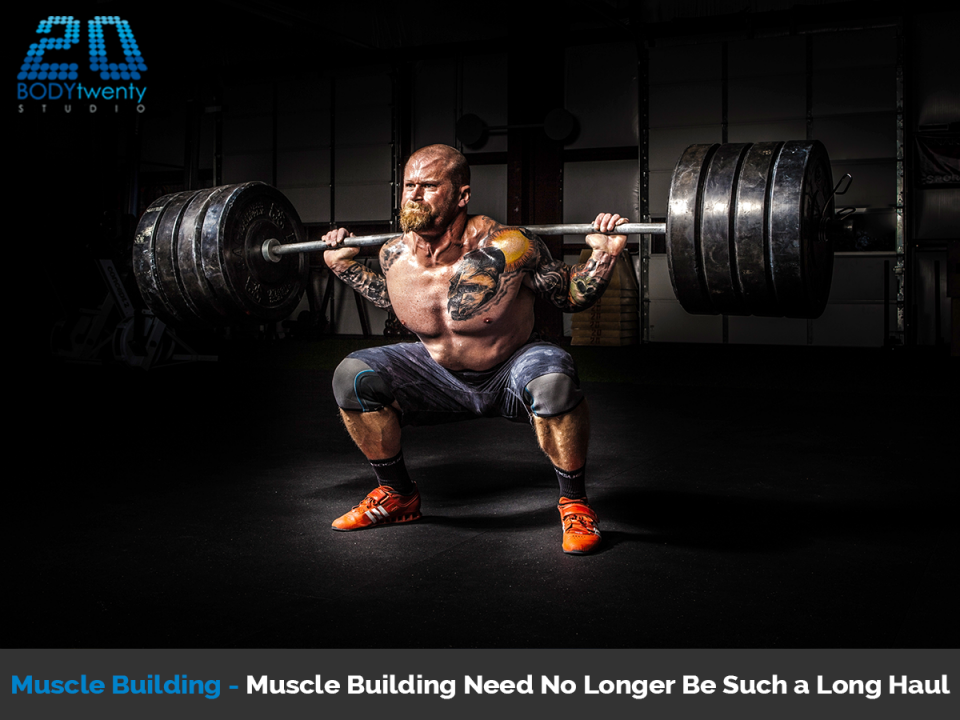
Enhanced Muscle Building with Advanced Electrical Muscle Stimulation Programmes
November 22, 2017
Regain Your Fitness with just 20 Minutes of Training per Week
November 22, 2017Muscle building is an activity that has its roots in distant history. There have always been men, such as warriors, gladiators and athletes, who for their own purposes have found it desirable to improve on their natural physique. If anything, this practice is even more widespread today and no longer confined to those who require the added strength to cope with their occupations, but by men and, more recently, women, who aspire to compete in body-building contests, who are recovering from an illness or injury, or who simply wish to look good and earn the admiration of their friends and family.
Whatever the purpose of their endeavour, the sole route to achieving it has traditionally required a combination of increased dietary protein and punishing physical exercise. Such a routine is certainly not one for the faint-hearted, and only a small number of those who embark on such a course are able to maintain their enthusiasm for long enough to achieve even a fraction of their hoped-for results.
To be effective, muscle building with the aid of resistance exercises requires an individual to work out to the point where this results in physical damage to the fibres in the muscle groups being targeted. Needless to say, exercise of this intensity tends to cause considerable pain and discomfort, both during and subsequent to a training session. Once at rest again, the body acts to repair or to replace the damaged fibres, in the process forming new protein strands that thicken and increase the number of fibres which, in turn, enlarges and strengthens the exercised areas. Unlike the case with fats and carbs, the body has no specialised cells for storing protein and thus maintaining one’s health is dependent upon consistent intake, which therefore needs to be increased substantially to facilitate the increased growth.
Recently, a new and innovative alternative to resistance training has been gaining popularity and offers a far quicker, safer and considerably less strenuous option for those who are interested in building bigger and stronger muscles. Also suitable for weight loss and cellulite reduction, as well as providing an excellent alternative to conventional physiotherapy, it employs a technology known as electro-muscular stimulation or EMS.
A pulsed electrical current is applied to the target areas and acts to cause powerful contractions, much like those experienced during physical exercise, but requiring little or no effort from the participant. Sessions are individually programed to meet the requirements and fitness level of each subject. Providing more than 150 times the contractions experienced during a conventional workout, a weekly 20-minute session at a Body20 studio could finally offer you a muscle building option that works.




